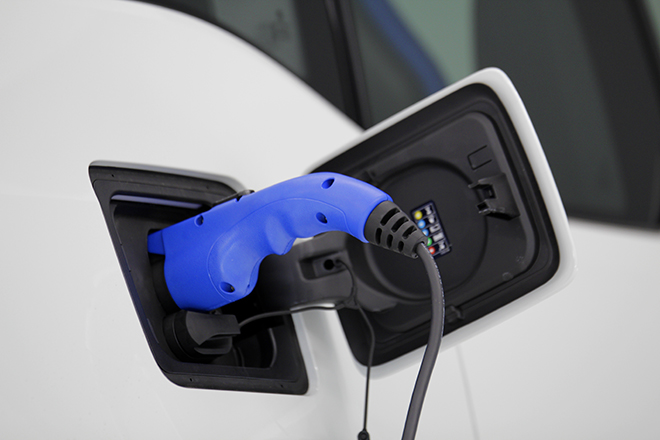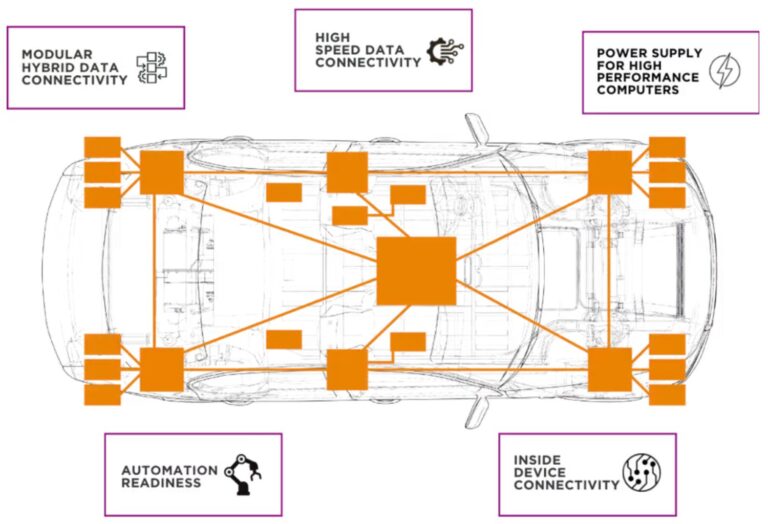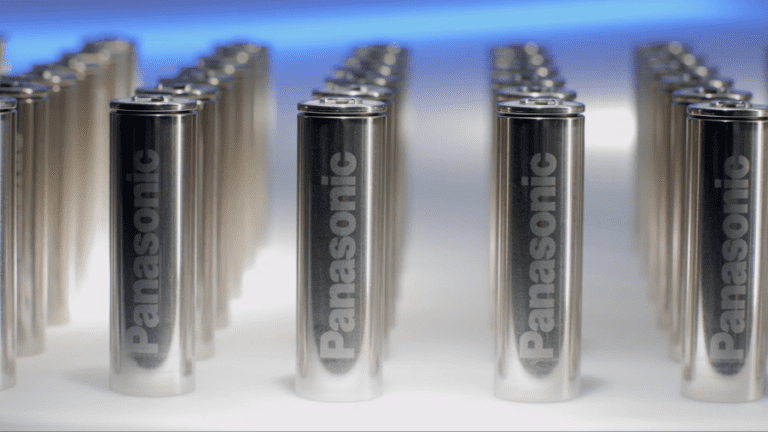The myth of the “long tailpipe” – the idea that, because EVs are partially powered by dirty coal, they are no cleaner than legacy vehicles – just won’t go away. In 2012, a detailed study from the Union of Concerned Scientists found that even if it were charged 100% from coal, an EV would still… Read more »
Search Results Found For: "battery recycling"
ANSI releases version 2.0 of EV Standardization Roadmap
The American National Standards Institute (ANSI) has released version 2.0 of its Standardization Roadmap for Electric Vehicles. This lengthy tome seems to address every conceivable standard that has to do with EVs, and it makes a dense but interesting read. The Roadmap tracks progress to implement recommendations made in version 1.0, released in April 2012,… Read more »
China’s plan: 2 million plug-ins on the road by 2020
China’s State Council has published a plan to develop the “new energy vehicle” industry, which includes EVs, PHEVs and fuel cell vehicles.
Connectivity for next-gen E/E vehicle architectures
Sponsored by TE Connectivity.Driving the Future of Mobility. The automotive industry is undergoing a significant evolution, driven by changing consumer demands and shifting expectations for personalization, connectivity, safety, electrification, and enhanced features and functionality. Underpinning this transformation is the design evolution of next-generation electrical/electronic (E/E) vehicle architectures which are unlocking a new era of smarter,… Read more »
Henkel showcases new virtual adhesives, mica replacement safety coatings and structural adhesive debonding tech
At the upcoming Battery Show Europe, German adhesive specialist Henkel will showcase its latest advances in adhesives, functional coatings, thermal management and sealing solutions, which the company calls “key enablers of safer, more efficient and more sustainable EV batteries.” “At Henkel, we are collaborating closely with industry partners to push the boundaries of EV battery… Read more »
Panasonic Energy and Sumitomo Metal Mining collaborate to recycle nickel for Li-ion batteries
Japanese battery manufacturer Panasonic Energy has launched a recycling initiative for nickel used in lithium-ion battery cathode materials, in collaboration with Japanese non-ferrous metal refining and cathode material manufacturer Sumitomo Metal Mining. Through this new collaboration, battery scrap from Panasonic Energy’s Suminoe Factory in Osaka will be processed and partly recovered as nickel sulfate at… Read more »
Vianode launches recycled graphite product for EV batteries
Norwegian battery materials company Vianode has launched a new battery anode material made from synthetic graphite for sustainable EV battery manufacturing. The use of recycled graphite could enable North American and European battery and EV manufacturers to reduce their dependency on imported materials and align with US, Canadian and EU regulations that promote the use… Read more »
Second Life ESS Considerations For EV Batteries: A Global Regulatory Overview
Repurposing EV batteries for stationary energy storage applications seems like an ideal situation: keep batteries out of landfills and reduce reliance on recycling and new raw materials. It is well documented that EV batteries at the end of their vehicle life still maintain sufficient capacity and state of health for use in lower power applications,… Read more »
(Webinar) Second life ESS considerations for EV batteries: a global regulatory overview
Repurposing EV batteries for stationary energy storage applications seems like an ideal situation: keep batteries out of landfills and reduce reliance on recycling and new raw materials. It is well documented that EV batteries at the end of their vehicle life still maintain sufficient capacity and state of health for use in lower power applications,… Read more »
Solar array at New Terminal One at JFK Airport to be largest at a US airport, will provide 50% of total electricity needed
John F. Kennedy International Airport, the busiest airport for international traffic in North America, always seems to be reinventing itself. It opened in 1948 as New York International Airport, although it was typically referred to then as Idlewild. The airport was intended as the world’s largest and most efficient, with “no confusion and no congestion.”… Read more »
















